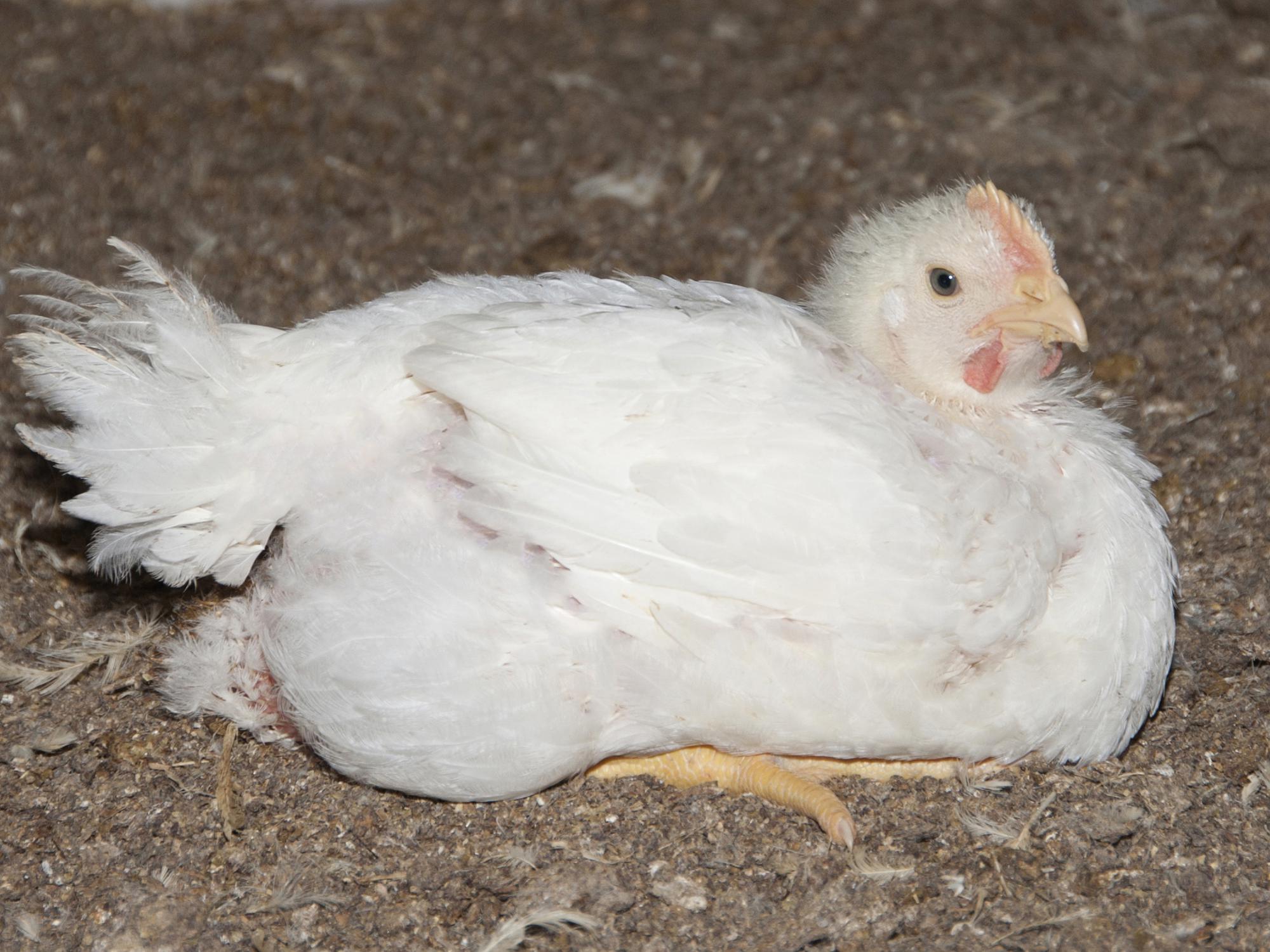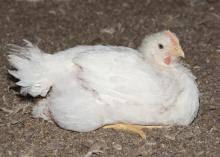Information Possibly Outdated
The information presented on this page was originally released on April 19, 2013. It may not be outdated, but please search our site for more current information. If you plan to quote or reference this information in a publication, please check with the Extension specialist or author before proceeding.
Multiple issues impact 2013 poultry decisions
MISSISSIPPI STATE – The impact of last year’s drought on feed costs is not the only challenge poultry growers face in 2013.
Production costs, expansion issues, waste regulations, competition from other meat sources and the next grain crop are major factors impacting the poultry industry this year.
“Some of the corn produced last year had to go to ethanol, so supplies are even tighter and have driven up feed costs,” said Tom Tabler, poultry specialist with the Mississippi State University Extension Service.
Tabler said companies have cut back on production in recent years to manage their costs and keep meat prices profitable, leaving room for expansion when the economy recovers.
“Poultry production is 3 to 5 percent below our maximum level, but integrators will likely wait to see what grain forecasts are later in the season before making any decisions on expansion. In addition, growers need to see if they can meet all the new waste management regulations, which is part of the cost-of-production challenges,” he said.
Tabler said some changes in soil fertility standards could impact where farmers can spread chicken litter. If options are reduced, finding alternative disposal methods will not be easy.
Of the seven major poultry companies in the state, six produce broilers and one produces eggs. Headquartered in Jackson, Cal-Maine Foods is the No. 1 egg producer and distributor in the nation.
“The biggest cost of egg and broiler production is feed,” Tabler said. “Well over half of any production animal is tied up in feed. For poultry, the amount is closer to 70 percent.
“A new chicken house requires a minimum investment of $250,000 for just the basics,” he said. “Now, with feed costs soaring, no one wants to expand too quickly.”
Tabler said one option for slowing down production is to allow more time between flocks. However, this can pose risks to growers with farm payments to make. Integrators are aware of this and attempt to keep time between flocks as manageable as possible.
“Everyone is walking a tightrope. The key right now is good management on the part of both growers and integrators,” he said.
John Michael Riley, Extension agricultural economist, said corn and soybean prices have fallen since the first of year and especially the first weeks of April, which is helping reduce the pressure on the input side.\
“Nothing solves high prices like high prices,” Riley said. “As feed prices went up, end users were turning to other meat sources, and domestic consumption fell. While prices remain higher than poultry growers would like, slowing broiler sales have helped push prices down.”
Riley said he thinks poultry production is about to ramp up to fill the protein gap. Pork suffered from high production costs, and prices have not provided much incentive to expand. A lack of forage and water forced beef producers to sell during the drought.
“Pork supplies are level, and beef is going down. Poultry is going to do what it can to fill in the gap,” he said.
According to the recent U.S. Department of Agriculture report, hatcheries in Mississippi set almost 18 million eggs for broiler chicks during the week ending April 6. This amount is 1 percent above the previous week’s set, but about the same as that seen at this time last year.
USDA reported 15.1 million broiler chicks were placed in the state the first week of April, which was 5 percent above the placement the previous week but 1 percent below the placement for the corresponding week a year ago. Cumulative placements for the year total 205 million chicks, 4 percent below this time last year.






